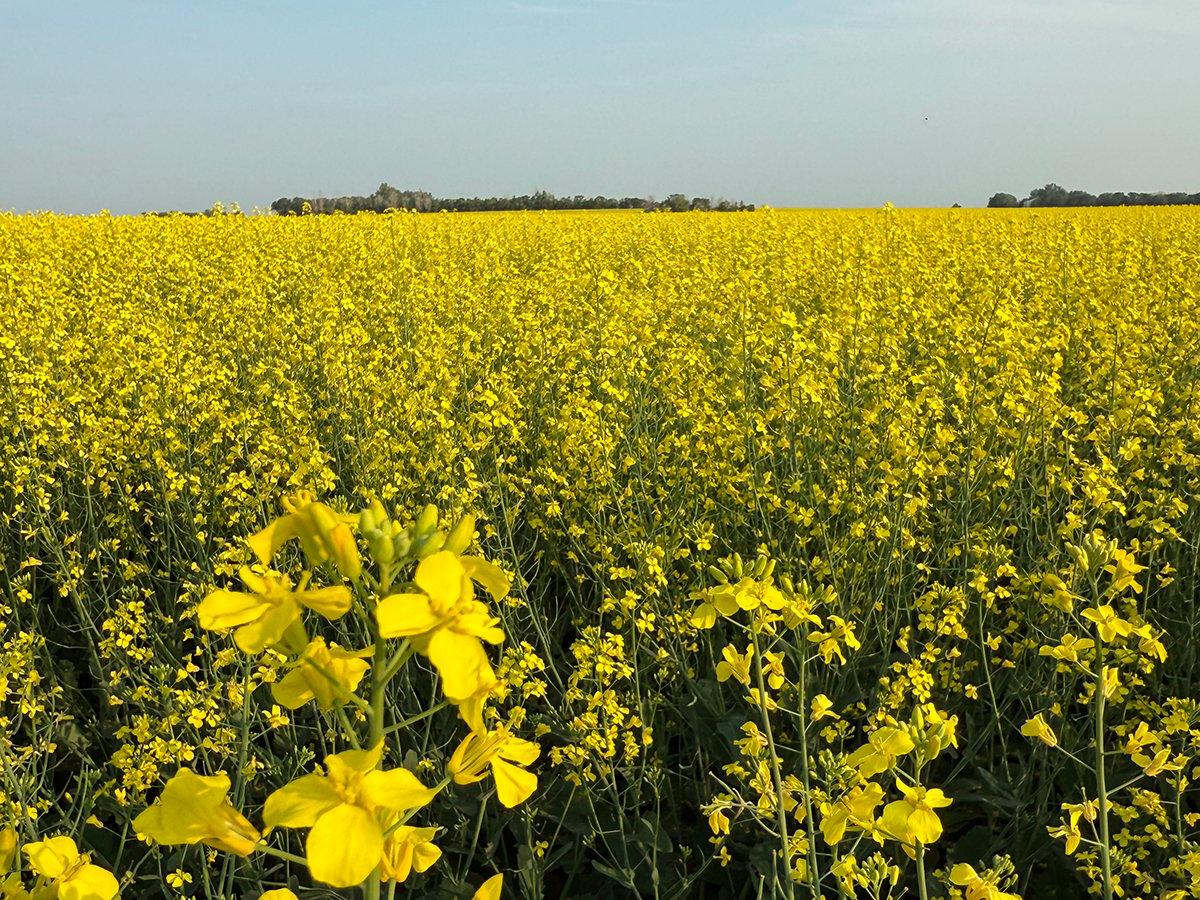It hasn’t been a great summer for barbecues so far and that is contributing to generally weaker fed cattle prices.
Steers dropped about $1.35 per hundredweight last week, while light heifers rose a few cents. The trade on July 2 was steers $80-$82 per cwt. and heifers $80.25-$82.80.
Volume of cattle traded was light due to the Canada Day holiday plus the fact that supplies tighten modestly into July, Canfax said.
Montreal wholesale beef prices fell $1 per cwt. last week and poor Asian interest saw byproduct values slip again.
Read Also

Canola support gets mixed response
A series of canola industry support measures announced by the federal government are being met with mixed reviews.
Canfax said poor beef demand and heavy carcass weights will offset the seasonal reduction in cattle supplies The outlook is for prices to remain in the low $80s.
The improving moisture situation saw fewer cows moving to market, but prices fell $2 per cwt. on average. Canfax said the outlook is for steady prices.
Feeder cattle prices fell by $1-$2 per cwt. on most weight classes.
Rain in many areas slowed the supply of cattle on offer at auction barns. Canfax said feeder quality is extremely variable now. The number of cattle on offer will probably begin its seasonal decline.
Only a few bred cows were sold at prices from $500-$830. Bred heifers were $500-$750. Cow-calf pairs sales were reported at $675-$1,360 with the bulk from $800-$1,050.
The outlook is for steady to higher prices on pairs and unchanged on bred cows and heifers.
Hog prices dip
The slow barbecue season is also affecting hog prices. Prairie prices were down about $6-$8 per 100 kilograms last week.
The Canadian Pork Market Review from the George Morris Centre at Guelph, Ont., said hog prices fell last week because of weak pork and beef prices.
U.S. packers were losing money before the hog price drop.
However, the U.S. hog report from the United States Department of Agriculture also contributed to the weak tone.
Some U.S. analysts say there is real potential for the Omaha cash hog price to fall to the mid to upper $30 (U.S.) per cwt. this fall.
Low prices in the past have driven casual producers from the market, but analysts say the trend toward corporate farms means producers are in business for the long term.














